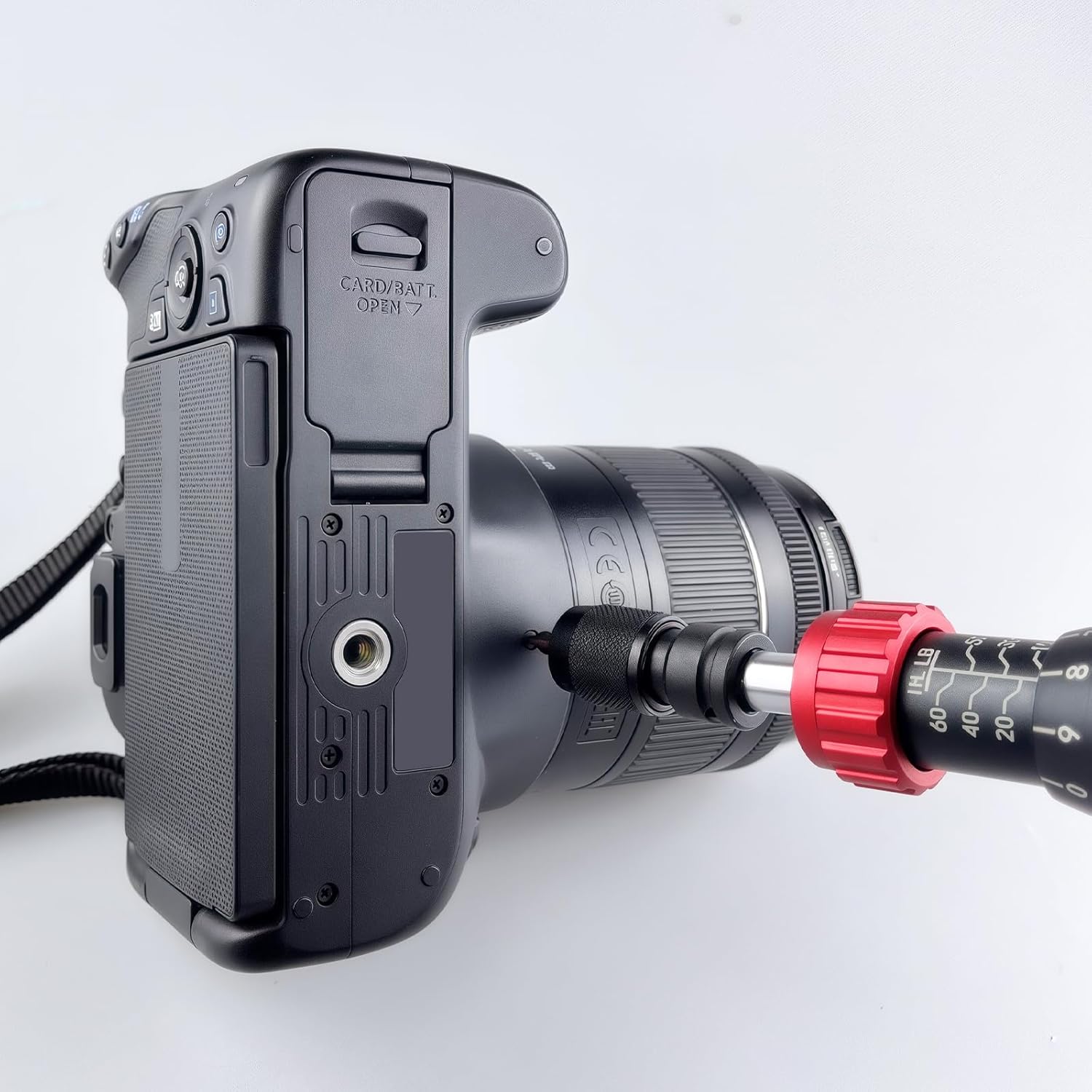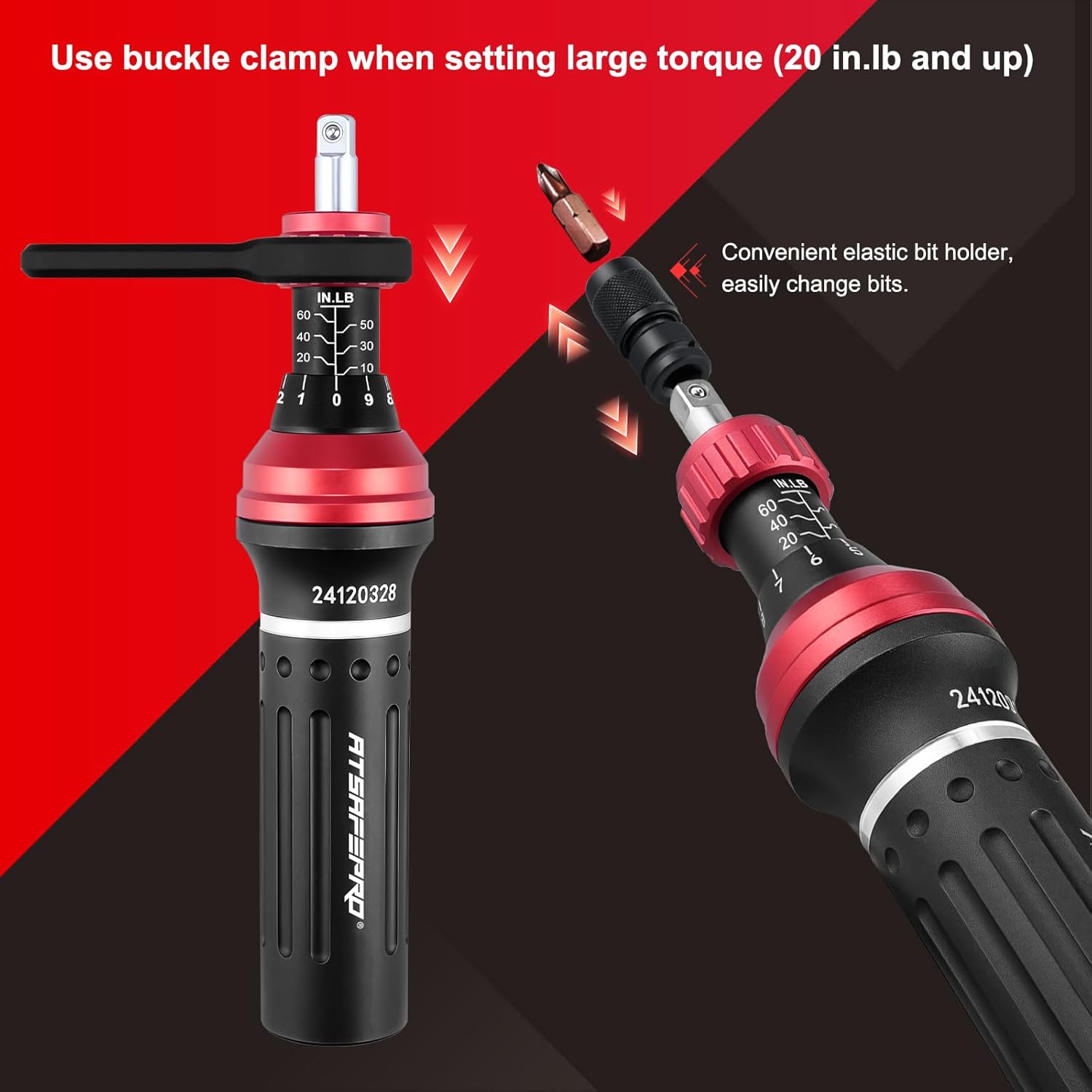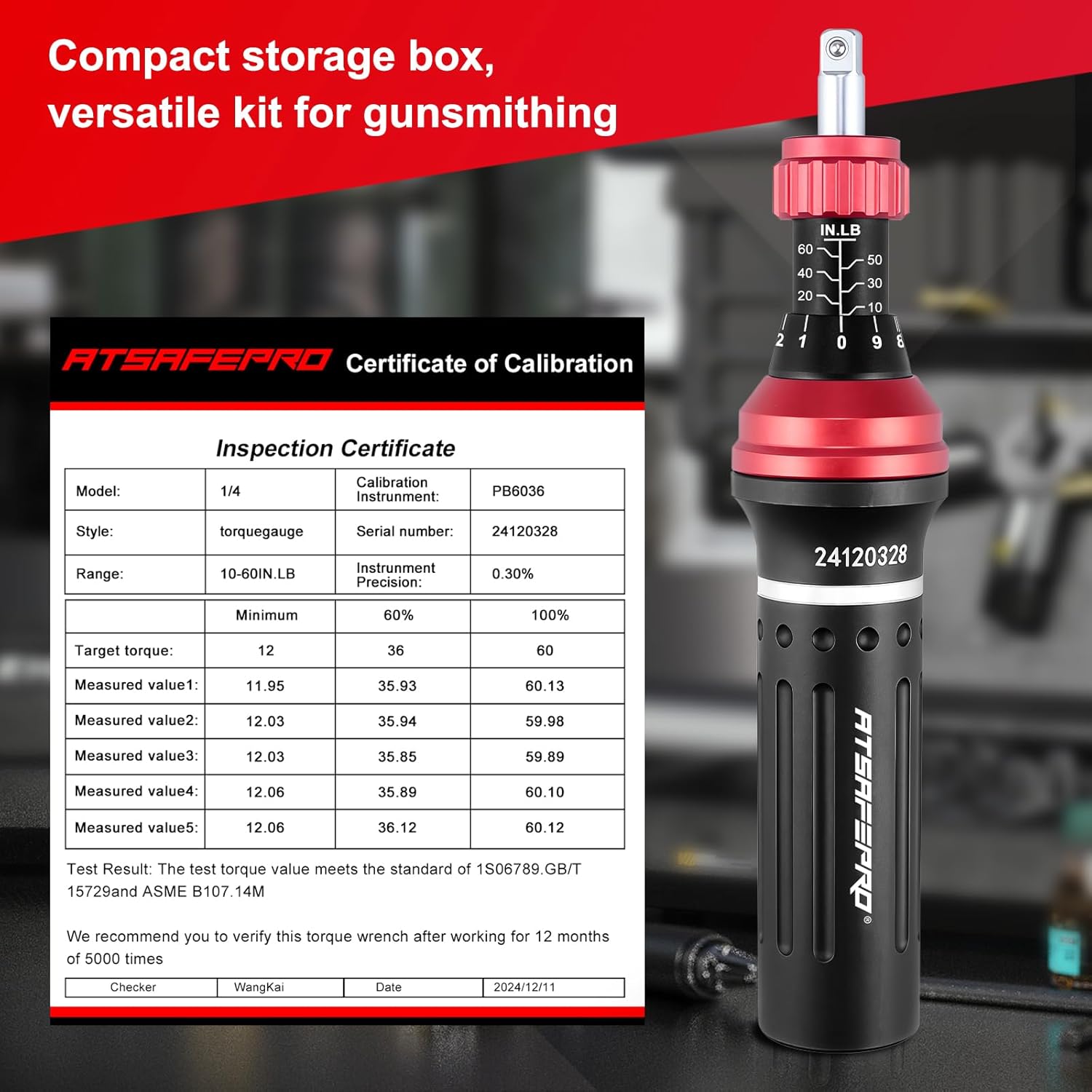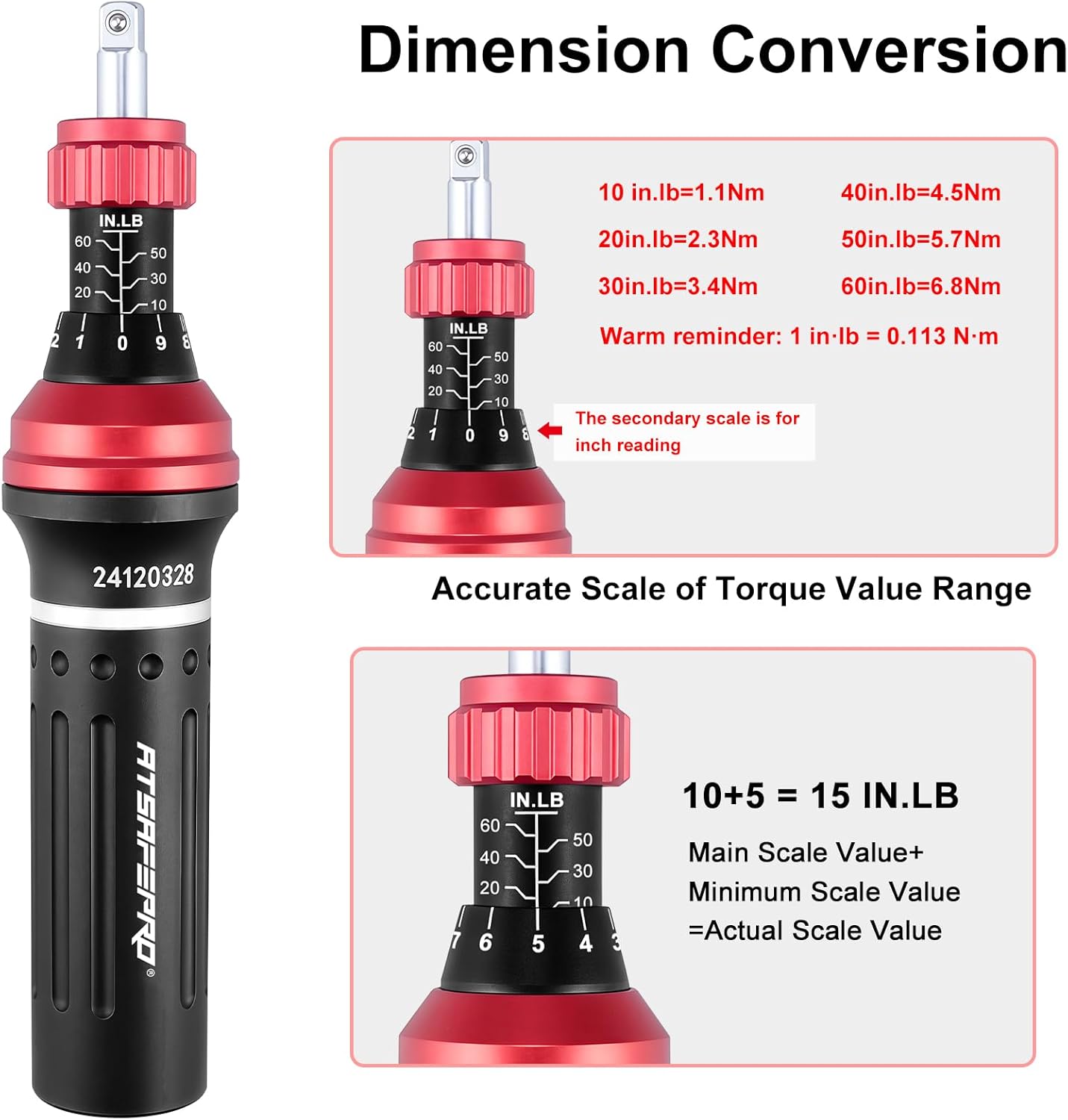Maintaining the correct tire pressure is one of the most critical, yet often overlooked, aspects of vehicle maintenance. It directly impacts your car's safety, fuel efficiency, and the lifespan of your tires. The single most important tool for this job is a reliable tire pressure gauge. While digital gauges have become popular, the classic mechanical and analog versions remain a top choice for their durability and simplicity. This guide will walk you through everything you need to know about checking and adjusting your tire pressure, ensuring you can perform this essential task confidently and accurately.
Why Choose an Analog Tire Pressure Gauge?
Before we dive into the 'how-to', let's consider why many drivers and professional mechanics still prefer a traditional gauge. The primary benefit of an analog tire pressure gauge is its reliability. It requires no batteries, meaning it's always ready to use whenever you need it, whether it's stored in your hot car during summer or a cold garage in winter. Their robust construction, often featuring stainless steel and rugged casings, means they can withstand being dropped or jostled around in a toolbox. This durability ensures a long service life, making it a wise investment. Furthermore, the simplicity of a dial-based display is straightforward and easy to read. Modern innovations have enhanced even these classic tools, with features like luminous, glow-in-the-dark dials that provide perfect clarity in low-light conditions, and flexible hoses that make reaching awkward valve stems a breeze.
Step-by-Step: Preparing for an Accurate Reading
To get a correct measurement, preparation is key. The most important rule is to always check your tires when they are 'cold.' This doesn't refer to the outside temperature, but rather means the vehicle has been stationary for at least three hours or has been driven for less than a mile. As you drive, the friction between your tires and the road generates heat, which causes the air inside to expand and increases the pressure. Checking 'hot' tires will give you an artificially high reading, leading you to potentially underinflate them. Before you grab your gauge, you first need to know the correct pressure for your specific vehicle. Do not use the pressure rating printed on the tire's sidewall; this number indicates the maximum pressure the tire can safely hold, not the recommended operating pressure. The correct information is found on a placard or sticker located on the driver's side doorjamb, inside the glove compartment door, or on the fuel filler door. This sticker will list the recommended PSI (pounds per square inch) for both the front and rear tires.
A Practical Guide to Using Your Mechanical Tire Pressure Gauge
With your recommended PSI in mind and your tires cold, you're ready to take a measurement. The process is simple and takes only a few minutes. First, unscrew the plastic cap from one of your tire's valve stems and store it somewhere safe, like your pocket, so you don't lose it. Next, take your mechanical tire pressure gauge and press the chuck (the end piece) firmly and evenly onto the valve stem. You should hear a brief hiss of air as the gauge connects; if the hissing is continuous, you don't have a good seal. Adjust the angle until the hissing stops. The needle on the dial will immediately jump to indicate the current pressure. For the most accurate result, view the dial from directly in front, not at an angle. Many high-quality gauges feature a pressure hold function, where the needle stays in place even after you remove it from the valve stem, allowing you to read it more comfortably. Once you've noted the reading, you can press the release valve on the gauge to reset the needle to zero. Finally, screw the valve cap back on securely. Repeat this process for all four tires, and don't forget the spare if your vehicle has one.
What to Do After You Get a Reading
After checking all your tires, compare your readings to the manufacturer's recommended PSI. If the pressure is low, you'll need to add air. You can do this with a personal air compressor or at a gas station. When adding air, do it in short bursts, re-checking the pressure with your gauge frequently to avoid overinflation. If the pressure is too high, you need to release some air. Most dial gauges have a small nub on the chuck that can be used to press down on the pin in the center of the valve stem. If yours doesn't, you can use the tip of a pen or a small screwdriver. Release air in very short bursts, as the pressure can drop quickly. Check the pressure again with your gauge until it matches the recommended level. Ensuring all tires are inflated to the exact specified pressure is crucial for balanced handling and even tire wear.
Maintaining Your Gauge and Ensuring Long-Term Accuracy
Taking care of your tool is essential for its longevity and accuracy. While a well-built analog tire pressure gauge is designed to be tough, it's not indestructible. Avoid dropping it, as a hard impact could damage the internal mechanism and affect its calibration. Store it in a protective case or a secure location like your vehicle's glove compartment. The features of your gauge can also contribute to its usability and lifespan. A tool with a 360-degree swivel chuck and a flexible, reinforced hose makes it much easier to get a good seal on valve stems that are in tight or awkward positions, reducing frustration and the chance of an inaccurate reading. Investing in a quality tire pressure gauge is a small price to pay for the immense safety and performance benefits it provides. Regular monthly checks and a quick check before any long road trip should be a non-negotiable part of your vehicle care routine. This simple habit empowers you to take control of your safety on the road.







